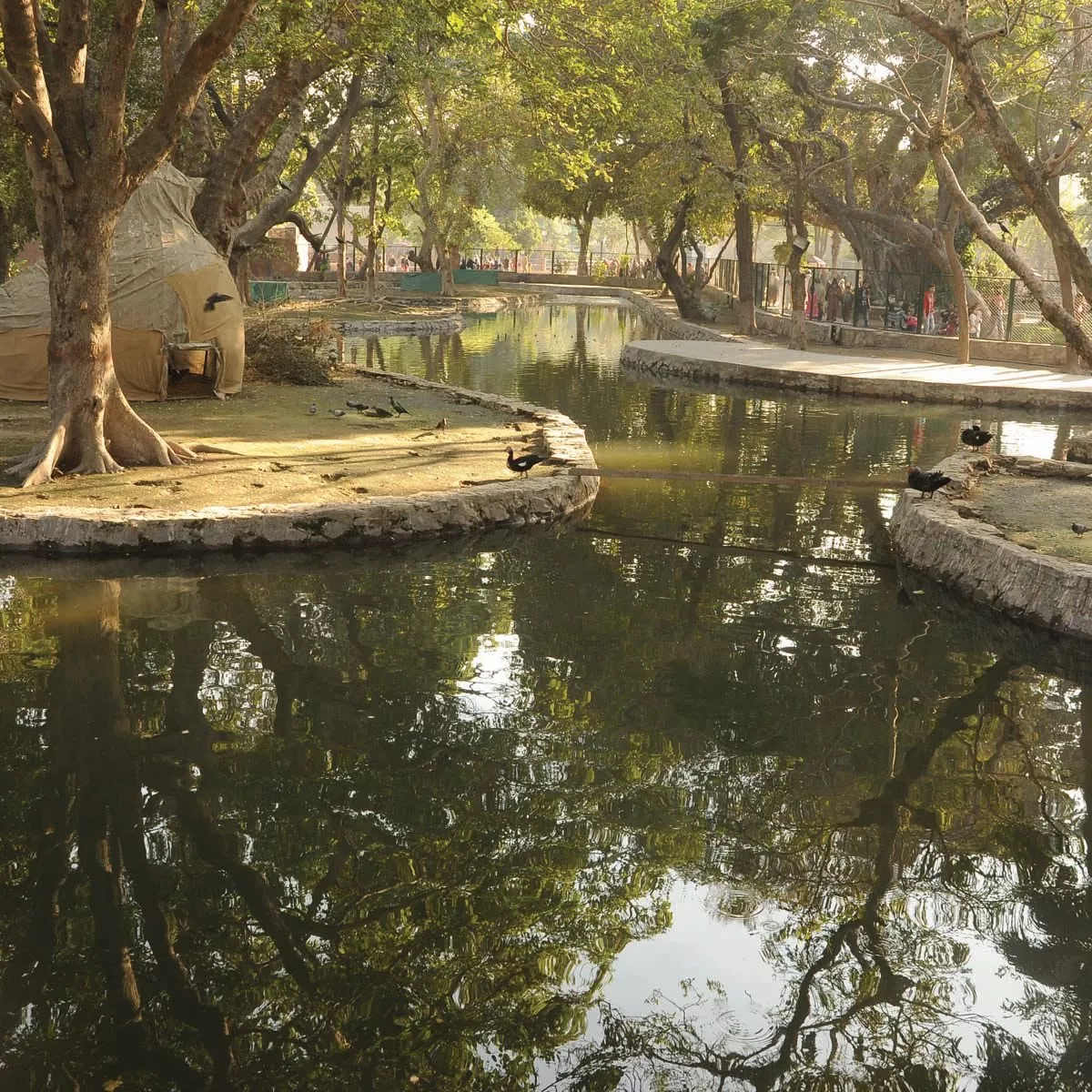Lahore Zoo preserves remains of endangered species
Among various other animals, near extinct Gharial has also been embalmed and displayed at the park’s snake-house
LAHORE:The Lahore Zoo is home to more than 1,100 different species of birds and animals. Among these animals there are several which have passed on over the years, but continue to spark the interest of the park’s numerous visitors. These include various big and small wild animals such as reptiles, big cats and primates, the remains of which have been turned into taxidermy and preserved for display at the zoo. However, out of these rare animals, the most endangered is the Ghariyal crocodile, which is considered to be locally extinct in Pakistan.
According to Lahore Zoo Deputy Director Kiran Saleem, the embalmed Ghariyal currently displayed at the zoo’s snake-house section, is one of three endangered crocodiles which were donated to Pakistan by a neighbouring country in the 70s and 80s. “The first one died in 2005, another one in 2012 while Pakistan’s last remaining Gharial kept in captivity also died in 2013. Out of those, two have been preserved in the form of taxidermy and displayed here at the zoo and at the National History Museum in Islamabad.” Saleem further said that the zoo only preserves remains of rare and endangered animals, so that the zoo’s visitors can continue to learn about these species even when they are gone. Currently, the Lahore Zoo houses over 65 taxidermies of various wild animals including crocodiles, alligators, chimpanzees, lions, tigers, leopards, zebras and a variety of deer. “The taxidermy are also quite helpful for our blind and visually impaired visitors, who learn about the structures of some of these preserved animals by touching them,” she informed.
Speaking about his work, Jahangir, a taxidermist at the Lahore Zoo shared that the process of preserving a dead animal can take weeks. “In the first stage, it is the skin of the dead bird or animal which needs to be embalmed using a special chemical. It is then hallowed and stuffed with straw to give the animal its original form. Artificial pears are used in place of the animal’s eyes, while steel wires and small rods are put in the legs to make it stand,” the taxidermist explained.
Ghariyals going extinct
Although the Ghariyal crocodile is found in different parts of the world, its numbers have been declining alarmingly in Pakistan, Bhutan, Nepal, Bangladesh and India. According to a report by Pakistan Wildlife Foundation, the sharp decline in local Ghariyal population has put the animal at the risk of extinction in the country. The last known sighting of a wild Ghariyal was between years 1990 and 1993, in province of Sindh, as claimed by two locals. However, the country’s wildlife foundation has reasons to believe that there have been a few other sightings, yet no official survey reports addressing the local Ghariyal population have been issued after the year 1978. As a result of which, Ghariyal’s are considering to have gone extinct in Pakistan, while international numbers have also decreased by 98 per cent in the last 80 years. Following the decline, the species has been declared critically endangered in the International Union for Conservation of Nature’s Red List.
Published in The Express Tribune, August 19th, 2020.


COMMENTS
Comments are moderated and generally will be posted if they are on-topic and not abusive.
For more information, please see our Comments FAQ